Cauliflower Pests and Diseases: [Detection, Causes and Solutions]
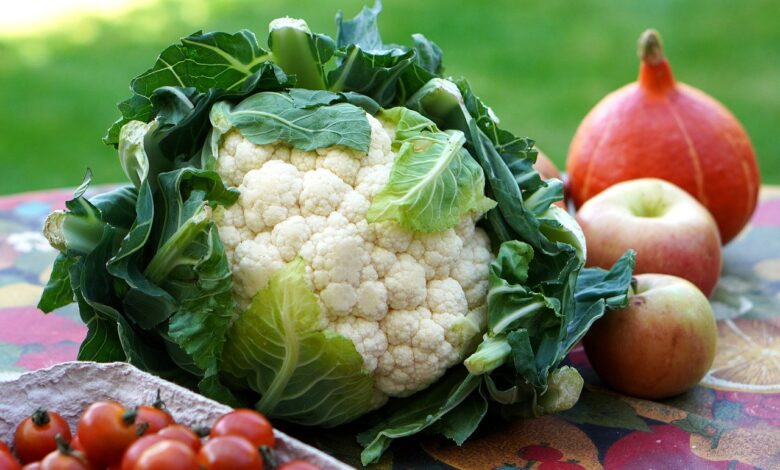
 Cauliflower is a vegetable with a very good taste and ideal properties for health. Its consumption can be done raw or cooked.
Cauliflower is a vegetable with a very good taste and ideal properties for health. Its consumption can be done raw or cooked.
Around planting, its roots are usually short, but this does not mean that it is a crop that needs a lot of space to grow.
Considering the pests and diseases that can attack you is decisive to achieve good harvests. And the purpose that we seek around this article is that you know the most precise data on the subject so that you know how to act, if necessary.
Caterpillars
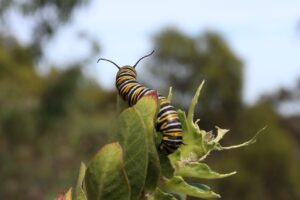 It represents a frequent pest in cauliflower crops , which attacks in a harmful way when it is a larva, not when it becomes a butterfly.
It represents a frequent pest in cauliflower crops , which attacks in a harmful way when it is a larva, not when it becomes a butterfly.
The focal point is oriented to the leaves, which appear full of holes that are produced by the consumption of their structure.
These bites lead to obvious weakening of the plant and, in some cases, the wounds may rot. There are different types of caterpillars that can cause damage to plants, some preferring any type of leaf, while others opt for the most tender.
On the other hand, most caterpillars attack at night, making them difficult to perceive. Therefore, they are detected is for the damage. To deal with them, it is best to use pheromones and also install light sources where the crops are located.
Mildew
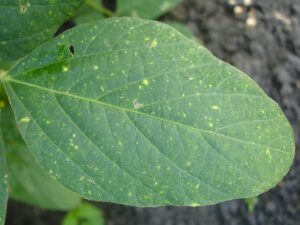 It is one of the most common diseases that usually affects cauliflower cultivation and that is generated in seasons where cold and humidity prevail.
It is one of the most common diseases that usually affects cauliflower cultivation and that is generated in seasons where cold and humidity prevail.
Its action goes directly to the leaves in which spots are generated that first are greasy in appearance and then become brown and wilt .
This condition is possible to occur, both in young plants and in those that are already developed, causing damage at any stage. As the leaves are interrupted from their normal photosynthesis process , the development of the vegetable can be severely affected.
To avoid its appearance, it is essential to use seedlings that are very resistant, as well as to advance with the application of fungicides in a preventive way.
White fly
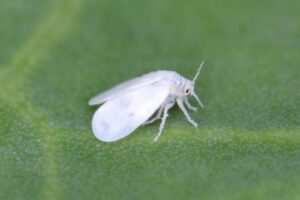 The whitefly generates two types of damage on cauliflower leaves. The first of them is due to the suction it makes of the sap of the same to feed itself.
The whitefly generates two types of damage on cauliflower leaves. The first of them is due to the suction it makes of the sap of the same to feed itself.
The second has to do with the production of molasses , which is not only an entry point for fungi, but also dirties the leaves.
It is a pest that can appear in rather low temperatures, which is rare in most pests where the preference is in heat. Finding the whitefly on the plant will be a more or less simple task if we check the underside of the leaves, since they are usually located there.
In any case, if there is an attack, you can take advantage of your own plant extracts (such as garlic or wormwood) to deal with them.
Aphids
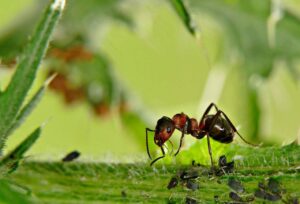 The aphids are pests found very often in all kinds of crops and cauliflower is no exception.
The aphids are pests found very often in all kinds of crops and cauliflower is no exception.
They are of different types depending on the species and this allows them to vary in terms of physical characteristics, especially in what has to do with colors.
They are tiny aphids that do not exceed 3 mm in length and their diet is based on young plants. These plants consume the sugars found within the sap, which they extract through suction.
In the beginning, the larvae have the property of consuming parts of the leaves , creating galleries within them. Later, when they become adults, they extract the sap and in turn produce a honeydew that attracts ants and that is an open field for the bold to settle .
The normal thing is that they attack in a pronounced way during a certain time, but in very few occasions they cause damage so harmful as to lose the plantation. When applying a treatment, it is best to use neem oil , potassium soap or nettle purin.
Botrytis
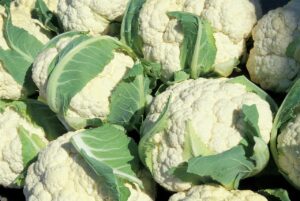 When it comes to cauliflower diseases, botrytis is a determining factor as a result of the action of a fungus.
When it comes to cauliflower diseases, botrytis is a determining factor as a result of the action of a fungus.
It occurs in high humidity conditions, dramatically attacking the plants, causing rotting inside them .
This rot is generated in the tissues , especially those located in the neck and the youngest stems of it. These attacks can be evidenced by the presence of a gray powder that corresponds to the mycelium of the fungus.
One of the main causes that promote its appearance has to do with the fact that the disease has manifested itself in previous crops in that same soil. The worst thing is that the treatment of botrytis is complex and not in all cases the desired results are generated.
Currently, one of the compounds that is producing better expectations is iprodione, which is a powder that is diluted before applying.
Moths
 Moths have different life stages that affect cauliflower plants differently depending on their stage.
Moths have different life stages that affect cauliflower plants differently depending on their stage.
The least harmful is in adulthood , when it becomes a butterfly because it only visits the plant to hide in the leaves during sunny hours.
This is because their rhythm of life is preferably nocturnal. However, detecting their presence can raise the alarm regarding the existence of larvae that do cause precise and considerable damage to cauliflower. The larvae, when they just hatch from the egg, operate by consuming the leaf tissue.
But as they grow, the shoots and inflorescences are also consumed. It is a plague that can be controlled from the beginning thanks to the use of pheromones , as well as biological and chemical products.
Enjoying healthy and tasty cauliflowers will be possible as long as the crops are in the best conditions.

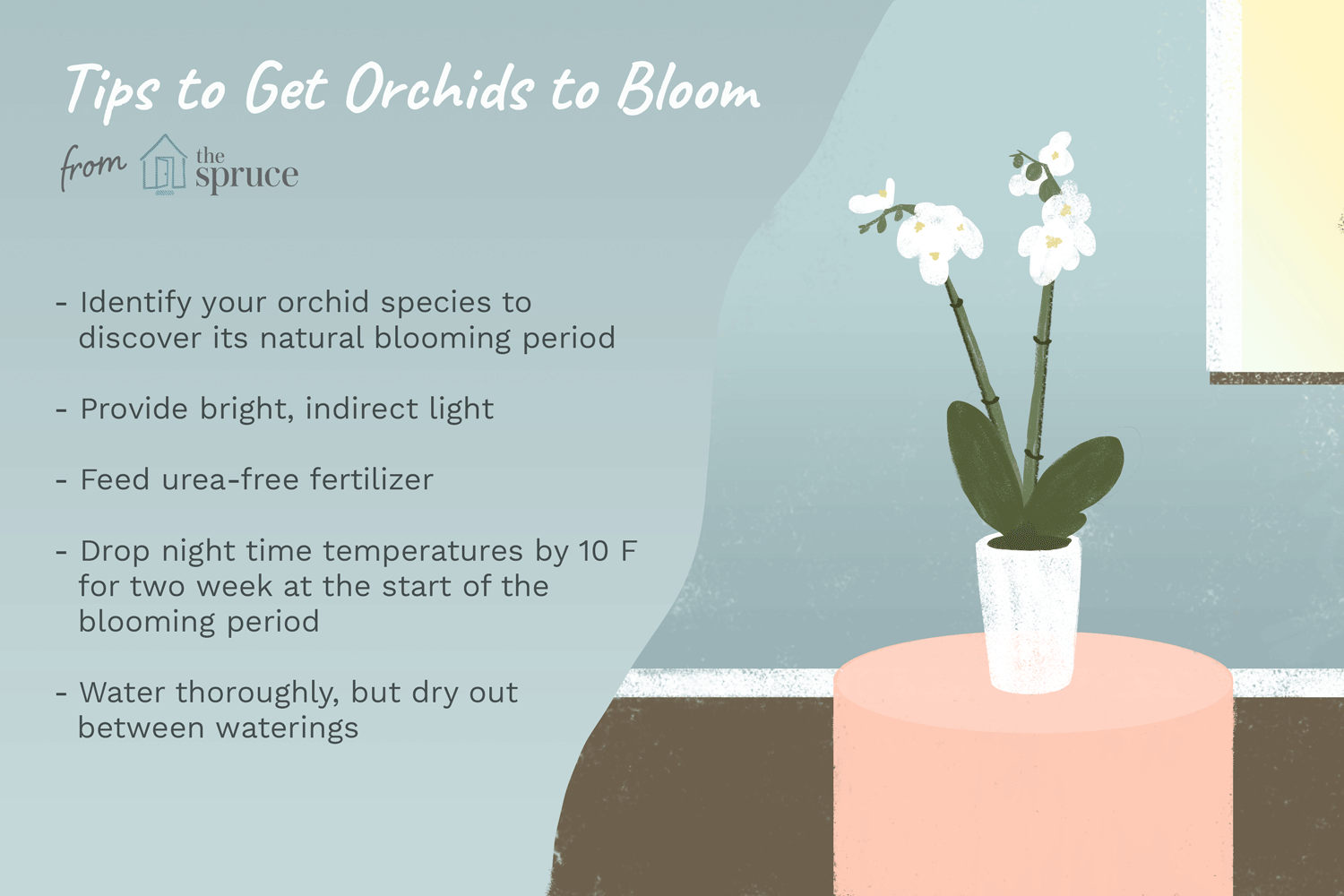

![Photo of Marula Tree: [Planting, Care, Harvest, Irrigation and Characteristics]](https://www.complete-gardening.com/wp-content/uploads/2022/08/marula-tree-planting-care-harvest-irrigation-and-characteristics-390x220.jpg)
![Photo of Iresine: [Cultivation, Irrigation, Care, Pests and Diseases]](https://www.complete-gardening.com/wp-content/uploads/2022/08/iresine-cultivation-irrigation-care-pests-and-diseases-390x220.jpg)